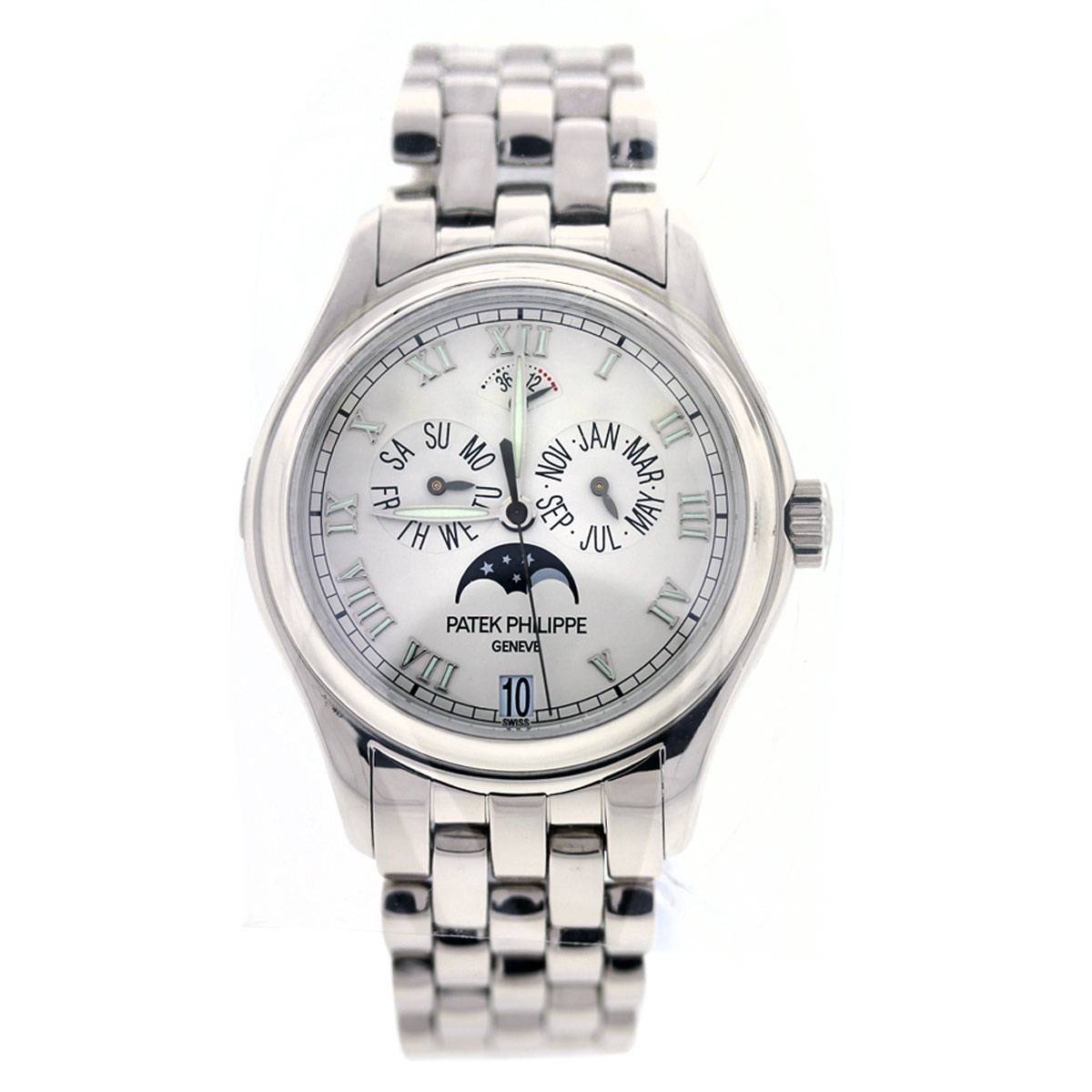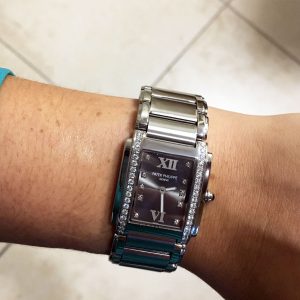Watch Complications: More than Meets the Eye

When Watch Complications became a Good Thing

Mankind has been grappling with the goal of simplifying the process of telling time for thousands of years. However, it is only in the last century that the wristwatch became the ubiquitous timepiece that allowed everyone to easily and affordably achieve that objective. Ironically, once that marvel became a reality, it was only a short time before craftsmen began to add complexity to the item. Even inexpensive mass market watches can have one or more of these complications, including among a number of others:
- Alarms
- Dual time zones
- Self-winding
- Date and Day display
If one really is technical about it, the first complication in the history of horology was the minute hand, added to the first portable time pieces around 1660. If not setting on a table, the earliest portable timepieces were usually worn around the neck as jewelry. The minute hand amazed the population by telling time with accuracy never before imagined. Still, the watches lost or gained as much as 10 to 20 minutes a day.
With the introduction of the dead second hand complication by the middle 1700s, we had what is now called the basic watch movement of hours, minutes and seconds. Those timepieces began to add the original complications and the chronograph came to occupy its position it the world of precision timekeeping. The first bulky watches worn on the arm in the 1800s also claimed the first wristwatch complication, dual time zones, circa 1853.
When the wristwatch came to the mass market after WWI, it was that basic movement that made it practical and utilitarian for the everyman. So where do things like perpetual calendars, fly backs, tourbillion, split second chronograph, and jumping hours come into the picture?
That is actually an interesting story, so much so that it takes 352 pages in the book A Grand Complication to tell. Actually, this is more a tale of how the luxury watch came to be such a hallmark of success. It seems as though two of the wealthiest men of the early 20th century competed fiercely to own the world’s most ingenious and valuable timepiece. We’ll leave that story to a later time but the race was the foundation of all wristwatches that seek to creatively combine the disciplines of:
- Technology,
- Physics,
- Craftsmanship,
- Astronomy, and even
- Mathematics.
It is worth noting, however, the final product of this effort sold for $11 million in 1999.
Today’s luxury wristwatches have gone through their own version of an arms race, with such names as Tag, Rolex and Patek Phillipe capturing the attention of the broader luxury market with various complications. Yet, many exclusive watches bear the less commonly heard names of Piguet, Chopard, Coultre and Nardin. While all of these artisans focus on elegance and fine movements, they often use various complications to differentiate their watches and different lines that they offer.
The importance of complications is really a matter of personal taste and practical application. If you are a collector of vintage or very fine watches, certain complications can add great value to some watches.


